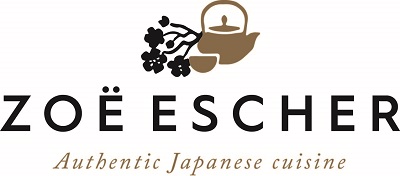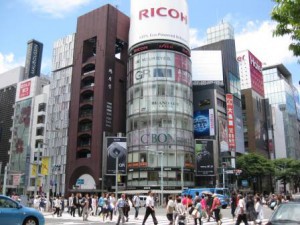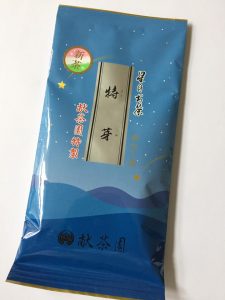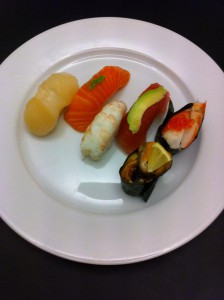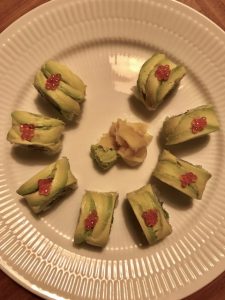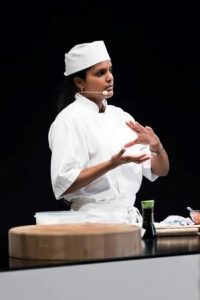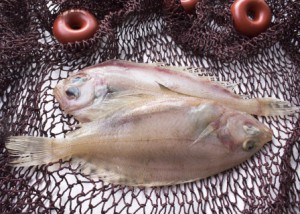
Dried seaweed nori used for sushi is the healthiest vegetable in the world.
It is the vegetable that contains the most vitamins and minerals. One piece of sushi nori corresponds to 600 grams of vegetables.
In Japan, sushi nori is found in many different qualities depending on whether it is produced. China, Korea and Japan produces different kinds of seaweed nori for sushi.
As the range of seaweed is very large in Japan the Japanese have the opportunity to choose the types of seaweed that suit them best.
On the Sushi course for beginners I speak more about the different types of seaweed.
_
Zoë has lectured and held sushi courses for A. P. Moller – Maersk, Hugo Boss Nordic, Novo Nordisk, Novartis, Velux, Gorrissen Federspiel, Beierholm revision, Elbek & Vejrup and many more.
